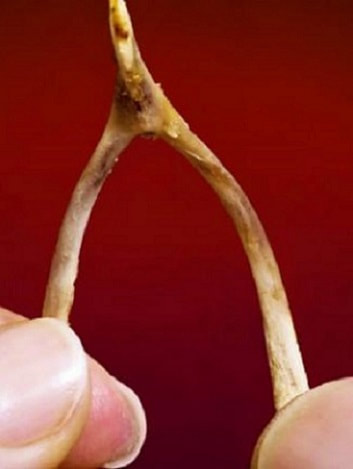|
There is no column this week from Anna; however she did send along a delicious recipe for roasted carrots.
0 Comments
Our rituals act as our stake in the ground of cultural identity. This Thanksgiving of 2020 may become the smallest and quietest of our lives. Our most American of rituals is shared by many people across the country. People as diverse as the landscapes within our borders. Nonetheless, we agree to set aside a day to express gratitude for what we have, even in the midst of a raging pandemic when so many have lost their way of and in life. Our common culture itself appears to be on shifting ground. Yet there seems to be a powerful collective yearning for that which feels wholesome. Traditions are those ideas, customs and ways of life handed down from ancestors to their descendants. As they roll down through the years, they pick up nuances, distinctions and new elements through the stories told and the people gathered, like a lint roller gathers up the cat hair from your sweater. Sticky stuff traditions. Many Americans make a traditional turkey as the centerpiece of a Thanksgiving dinner. They have rituals they incorporate into the day, sometimes playing or watching football, sometimes putting puzzles together or playing board games and card games. So one might wonder how the 4th C BC Etruscan ritual of rubbing on the wishbone of a goose to bring good fortune from the Italian peninsula could have become the wishing on a turkey wishbone across our vast continent. Adaptation and incorporation, that’s how. When the Romans took over the Etruscan civilization, they didn’t obliterate, they adapted it, incorporating much of the Etruscan advances into their Roman Empire. When Julius Caesar took Rome rule to Britain, he brought the wishbone ritual with him. However, there weren’t a lot of geese to be had at that point, so the ritual adapted and became breaking the wishbone giving the holder of the larger piece his wish. When British colonists brough the ritual to North America where there were turkeys in great abundance and consequently incorporated. That same adaptation and incorporation is what many of us will be using to celebrate Thanksgiving this strange year. Though we have booked a family get-together on Zoom with those we were supposed to share the holiday with, it will be a surprise if it is possible for Zoom to manage what is surely to be a continent-wide surge in usage. FaceTime too will stretch the envelope. We adapt and incorporate as we have all always done. The comfort of traditional foods may soothe the distance of those we’d like to be with but choose to keep safe. In most cases we will be scaling down recipes for smaller numbers. Or we might take advantage of the opportunity to re-invent the holiday table by having some other favorite such as a glazed ham or a roast duck. Whichever your choice, it will be worth your while to browse our website http://www.litchfieldfarmersmarket.org/ where you will find dozens and dozens of Thanksgiving recipes which include but are certainly not limited to:
For today recipe we are adding Cranberry Sauce with Port and Cinnamon for a fresh easy condiment to complement your dinner. Despite the glorious golden Indian Summer we’ve had the good fortune to enjoy in this difficult year, Mother Nature has indicated her intentions with a frost or two and erratic thermometer readings. Snuggling in and down is the order of the season. Wood fires, long twilight walks and cozy comforting dinners are in significant demand accompanied by early, if spectacular sunsets. Braising, like stews and soups, is perfect for this time of year, even when the year isn’t 2020. Given that the year is 2020, we certainly deserve to indulge ourselves in those type of rich deep flavors. The kind of flavors that fill the house and tickle your appetite long before they arrive on the table. The process of braising is believed to have originated when some clever cook molded clay around the food and then buried it in hot coals for long slow cooking in its own juices. That basic process has since acquired an endless list of variations. There maybe a culture that didn’t refine this process to its own tastes, but if so, it has gone undocumented. There seems to be confusion or contention in the terminology from one expert to the next (how novel) but it appears that in its essence, braising entails the quick searing of the outermost layer of the primary ingredient to seal in its flavors and then the slow cooking with other foods and flavorings in varying quantities and types of liquids. It’s an expansive technique that employs the stove top, the oven or both and is applied to meats, poultry, seafood and vegetables. Because of the slow application of heat, time and moisture, braising is a perfect way to tenderize even tough cuts of meat. It is also a great way of steeping vegetables, especially root vegetables, in long melding flavors. You will find some of our favorite braising recipes on our website such as: Lamb Shanks Braised with Anise, Blood Oranges and Coconut Milk, Stinco di Maiale, made with unsmoked pork hocks, and Spiced Braised Lamb Shanks. Today’s addition to the repertoire is a Belgian dish called Beef Carbonnade which is actually quite an easy meal to prepare though you will not know that from the experience.
|







